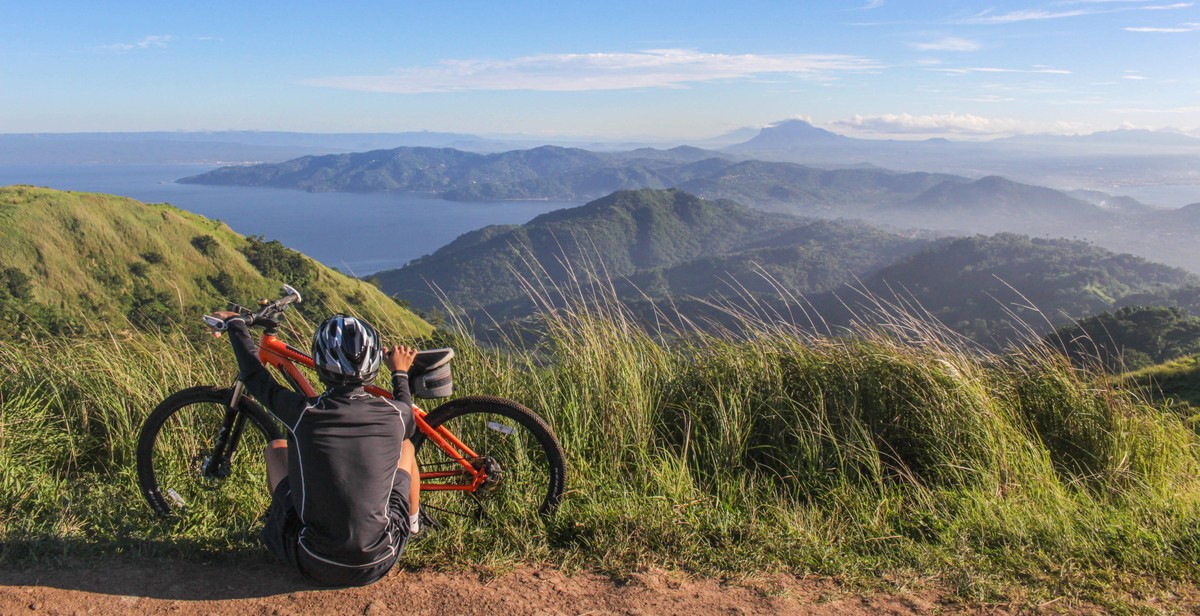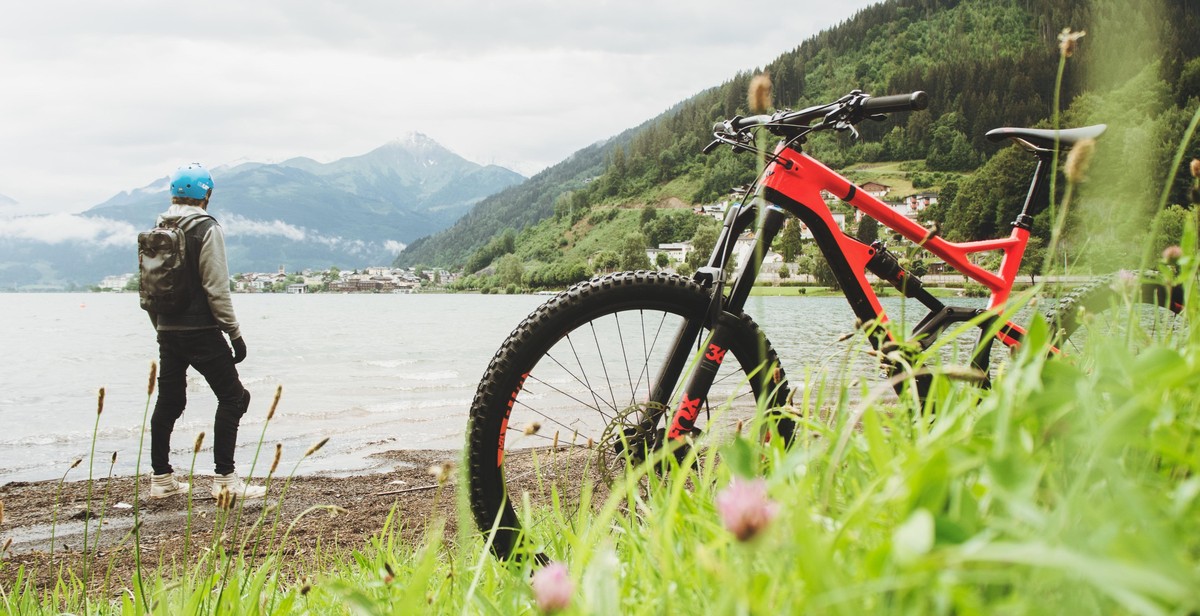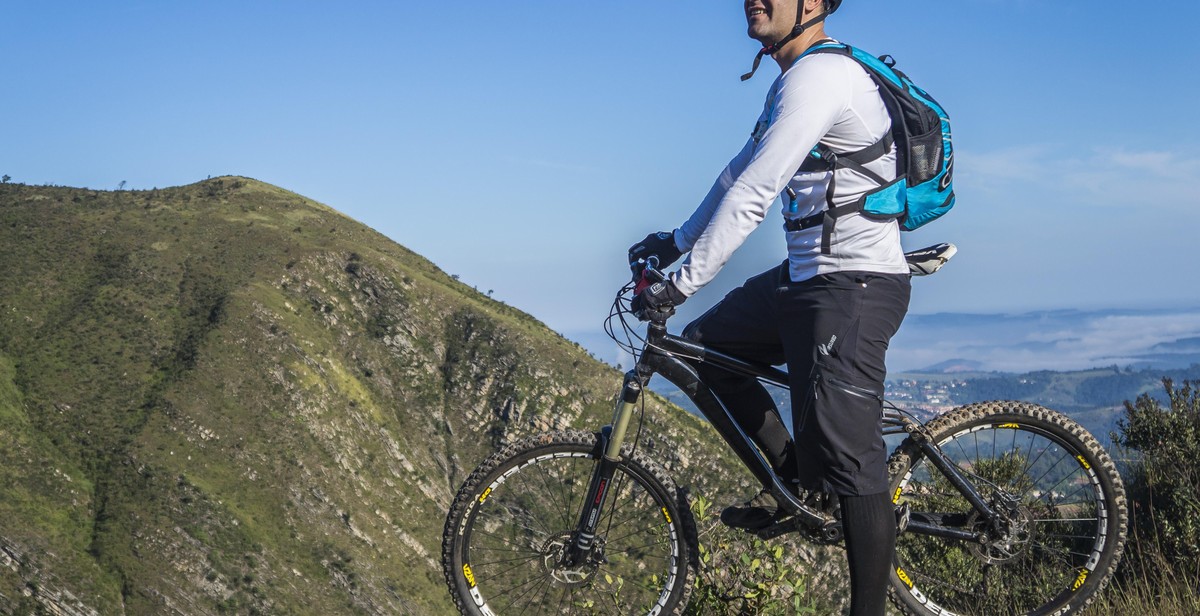How to Choose the Right Mountain Bike Helmet for Safety and Comfort
Mountain biking is a thrilling and adventurous sport that requires a lot of physical exertion. It is a sport that can be enjoyed by people of all ages and fitness levels. However, it is essential to take safety measures seriously, and one of the most crucial pieces of equipment for mountain bikers is a helmet. A mountain bike helmet is designed to protect the head from any impact in case of an accident.
Why a Mountain Bike Helmet is Important
A mountain bike helmet is not just an accessory; it is a crucial piece of equipment that can save your life. When you are riding a mountain bike, you are exposed to various hazards, such as rocky terrain, uneven surfaces, and steep inclines. These hazards can cause accidents that can result in head injuries, which can be fatal. A helmet can protect your head from such injuries and reduce the risk of severe head trauma.
However, not all helmets are created equal. Choosing the right mountain bike helmet that fits properly, provides adequate ventilation and comfort is essential to ensure your safety and comfort while riding. In this article, we will provide you with tips on how to choose the right mountain bike helmet that will provide you with the best protection and comfort.

Factors to Consider when Choosing a Mountain Bike Helmet
Mountain biking is an exciting and adventurous sport that requires the right gear, including a mountain bike helmet. Choosing the right helmet is essential for your safety and comfort. Here are the factors to consider when selecting a mountain bike helmet:
Fit and Comfort
The first factor to consider when choosing a mountain bike helmet is the fit and comfort. The helmet should fit comfortably and securely on your head, without being too tight or too loose. A well-fitting helmet should not move around on your head and should not obstruct your vision. You should also consider the padding and straps of the helmet, which should be comfortable and adjustable.
Ventilation
Ventilation is another important factor to consider when choosing a mountain bike helmet. The helmet should have sufficient ventilation to keep your head cool and dry during hot and humid weather conditions. Look for helmets with multiple vents that allow for air to flow through the helmet.
Coverage and Protection
The level of coverage and protection provided by the helmet is also crucial. The helmet should cover your forehead, temples, and the back of your head. It should also have a sturdy and durable outer shell that can withstand impact and protect your head in case of a fall or accident.
Weight
The weight of the helmet is another factor to consider. A heavy helmet can cause discomfort and fatigue, especially during long rides. Look for a lightweight helmet that does not compromise on protection and coverage.
Price
The price of the helmet is also a significant factor to consider. While you want to invest in a high-quality and durable helmet, you also want to ensure that it fits within your budget. Look for helmets that offer excellent value for money and provide all the necessary features for your safety and comfort.
| Factor | Considerations |
|---|---|
| Fit and Comfort | Well-fitting, comfortable padding and adjustable straps |
| Ventilation | Sufficient ventilation with multiple vents |
| Coverage and Protection | Covers forehead, temples and back of the head with a sturdy outer shell |
| Weight | Lightweight without compromising on protection and coverage |
| Price | Offers excellent value for money within your budget |
By considering these factors, you can choose the right mountain bike helmet that provides maximum safety and comfort during your rides.

Types of Mountain Bike Helmets
Mountain biking is an exhilarating and adventurous sport that requires the right gear for safety and comfort. One of the essential gear for mountain biking is a helmet. There are different types of mountain bike helmets available, each designed for a specific type of riding. Choosing the right helmet for your style of riding is crucial for your safety and comfort. Here are the four main types of mountain bike helmets:
Cross-Country Helmets
Cross-country helmets are designed for riders who prefer fast and technical terrain. These helmets are lightweight, well-ventilated, and offer excellent protection for the rider’s head. They usually have a visor to protect the rider’s eyes from the sun and debris. Cross-country helmets are perfect for riders who prioritize speed and agility over protection.
Trail Helmets
Trail helmets are designed for riders who prefer all-around riding. These helmets offer a balance between protection, ventilation, and comfort. They usually have a visor to protect the rider’s eyes from the sun and debris. Trail helmets are perfect for riders who want a helmet that can handle different types of terrain.
Enduro Helmets
Enduro helmets are designed for riders who prefer technical and challenging terrain. These helmets offer more protection than cross-country and trail helmets and are usually heavier. They have a full-face design that covers the rider’s chin and jaw for extra protection. Enduro helmets are perfect for riders who want maximum protection without sacrificing comfort.
Full-Face Helmets
Full-face helmets are designed for riders who prefer downhill and freeride riding. These helmets offer maximum protection for the rider’s head, face, and chin. They are the heaviest and least ventilated of all the mountain bike helmets. Full-face helmets are perfect for riders who prioritize protection over comfort and ventilation.
| Helmet Type | Protection | Weight | Ventilation | Visor |
|---|---|---|---|---|
| Cross-Country | Good | Lightweight | Excellent | Yes |
| Trail | Good | Moderate | Good | Yes |
| Enduro | Excellent | Heavy | Moderate | Yes |
| Full-Face | Maximum | Heaviest | Least | No |
Choosing the right mountain bike helmet is crucial for your safety and comfort. Consider your style of riding, the level of protection you need, and your personal preferences when choosing a helmet. With the right helmet, you can enjoy your mountain biking adventures safely and comfortably.

Mountain Bike Helmet Safety Standards
Mountain biking is an exciting and fun sport, but it can also be dangerous. Therefore, it is essential to have the right safety gear, especially a helmet. A helmet can protect your head in case of an accident and prevent severe injuries. However, not all helmets are created equal, and choosing the right one can be challenging. One of the essential factors to consider when purchasing a mountain bike helmet is safety standards.
What are Safety Standards?
Safety standards are guidelines and regulations set by organizations that ensure the safety and quality of products. These standards provide manufacturers with specific requirements to meet when designing and producing products. In the case of mountain bike helmets, safety standards are essential as they ensure that the helmet can protect the rider’s head from impact.
Different Safety Standards for Mountain Bike Helmets
There are several safety standards for mountain bike helmets, but the most commonly recognized are:
- CPSC: The Consumer Product Safety Commission (CPSC) is a U.S. government agency that sets safety standards for various consumer products, including helmets. A helmet that meets the CPSC standard provides protection against impacts from all angles.
- ASTM: The American Society for Testing and Materials (ASTM) is a non-profit organization that sets safety standards for various products, including helmets. The ASTM standard is more rigorous than the CPSC standard and offers better protection against high-velocity impacts.
- Snell: The Snell Memorial Foundation is a non-profit organization that sets safety standards for helmets. The Snell standard is the most rigorous and offers the highest level of protection against impacts.
Why Choose a Helmet that Meets Safety Standards
Choosing a helmet that meets safety standards is crucial for your safety. Such helmets have undergone rigorous testing to ensure that they can protect your head in case of an accident. A helmet that meets safety standards will offer better protection against impacts, reducing the risk of severe injuries or death. Additionally, some cycling events and organizations require riders to wear helmets that meet specific safety standards. Therefore, it is essential to choose a helmet that meets the necessary safety standards.
| Safety Standard | Testing Method | Protection Against |
|---|---|---|
| CPSC | Drop test from various angles | Impact from all angles |
| ASTM | Drop test from a greater height and at higher velocity | High-velocity impacts |
| Snell | More rigorous testing than CPSC and ASTM | High-velocity impacts |
In conclusion, safety standards are crucial when choosing a mountain bike helmet. Helmets that meet safety standards offer better protection against impacts, reducing the risk of severe injuries or death. Therefore, it is essential to choose a helmet that meets the necessary safety standards for your safety.

Conclusion
Choosing the right mountain bike helmet is crucial for your safety and comfort. With so many options available, it can be overwhelming to know where to start. However, with careful consideration of the factors mentioned above, you can confidently select a helmet that meets your needs.
Key Takeaways
- Make sure the helmet fits properly and is comfortable to wear.
- Look for helmets with appropriate safety certifications.
- Consider the type of mountain biking you will be doing and choose a helmet that is suited for that style.
- Think about the climate you will be riding in and choose a helmet with adequate ventilation.
- Take into account any additional features you may want, such as a visor or camera mount.
Final Thoughts
Investing in a high-quality mountain bike helmet is an investment in your safety and well-being. Don’t skimp on this essential piece of gear. Take the time to research and choose a helmet that meets your needs and provides the protection and comfort you deserve.
| Remember: | Always wear your helmet when riding your mountain bike, no matter how short the trip. |
